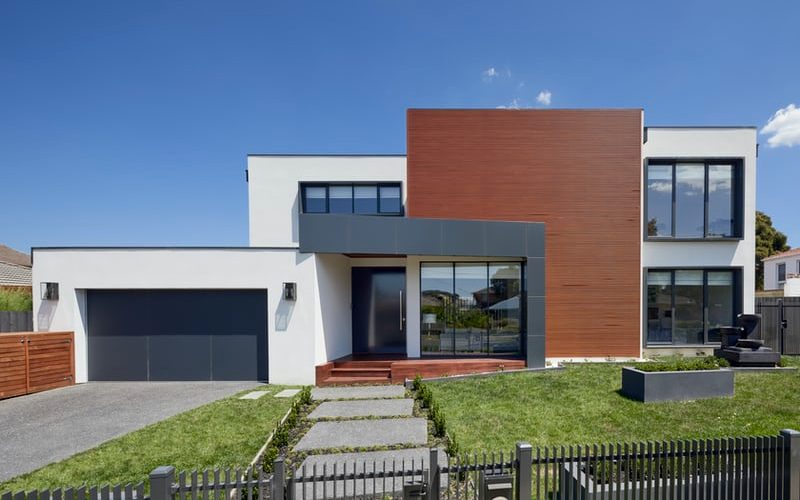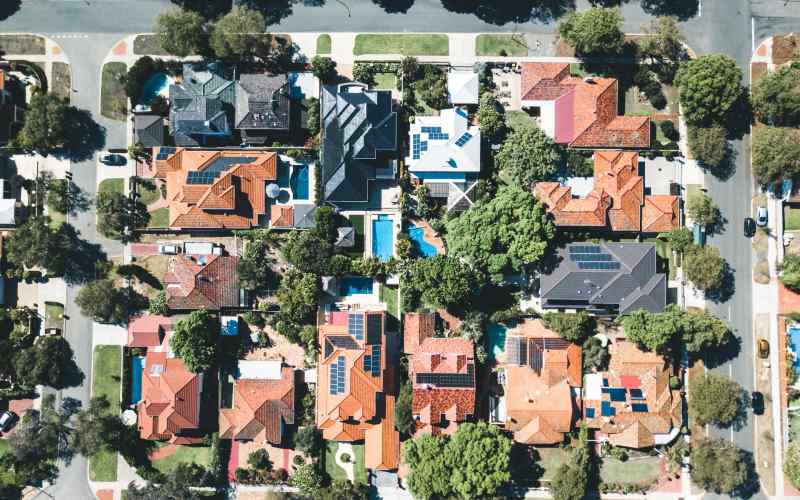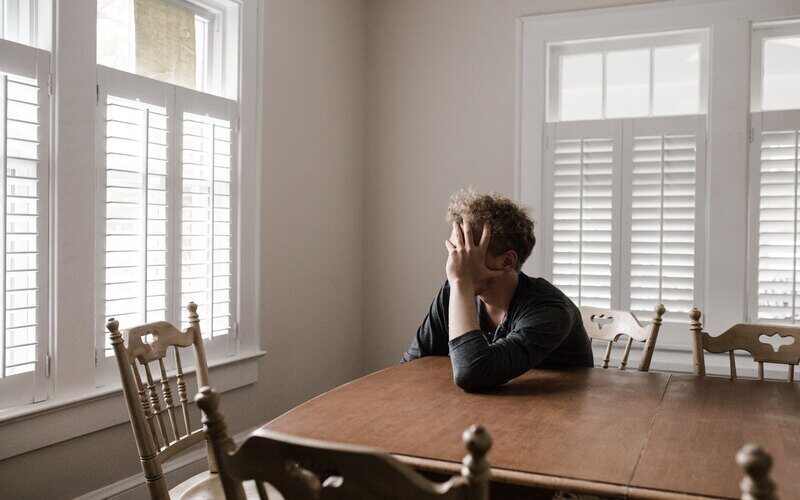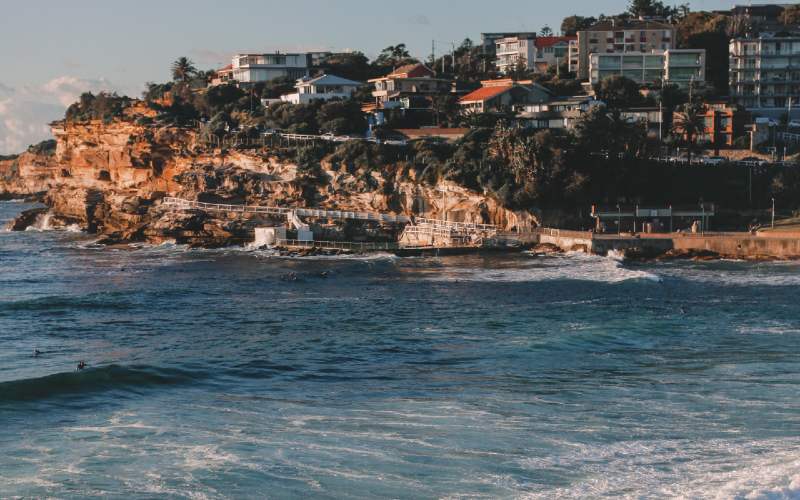House prices in most capital cities were expected to rise in early 2020, but government policy responses due to COVID combined with record low interest rates have seen property prices surge in the last nine months, according to report by KPMG Economics.
The report, The Impact of COVID-19 on Australia's Residential Property Market, looked at how the property market has performed over the past 18 months when compared to a no-COVID-19 scenario.
It found that national house prices are currently as much as 12% higher while unit prices are 13% higher than they would have been if the COVID pandemic had never happened.
Under the modelling, without COVID, house prices in Perth would have risen 27% to reach $650,000 by December 2021. Now they're expected to rise almost 30% to $667,000.
Hobart's house prices would have risen 22% to reach $651,000 by December 2023; they're instead predicted to increase 30% to $701,000.
| Capital City | Median house price Dec 19 | Median house price Dec 2023 without COVID |
Median house price Dec 2023 with COVID
|
| Sydney | $986,000 | $1,119,000 | $1,244,000 |
| Melbourne | $760,000 | $905,000 | $940,000 |
| Brisbane | $550,000 | $601,000 | $661,000 |
| Adelaide | $485,000 | $537,000 | $576,000 |
| Perth | $495,000 | $650,000 | $667,000 |
| Hobart | $519,000 | $651,000 | $701,000 |
| Darwin | $470,000 | $455,000 | $501,000 |
| Canberra | $745,000 | $846,000 | $913,000 |
Source: KPMG Economics
In Sydney, property prices would have risen by 13% to hit $1,119,000 by December 2023. They're now expected to rise 26% to $1,244,000.
Melbourne's property prices would have risen 17% to $905,000 - instead they'll rise 21% to $940,000 under the modelling.
Brisbane's median property price would have risen 8% to reach $601,000 by December 2023 in a world without COVID; instead they'll rise by a predicted 19% to hit $661,000.
KPMG chief economist Brendan Rynne said the initial uncertainty caused by the pandemic and consequent economic downturn that saw Australia enter a recession for the first time in 30 years saw a 3% fall in property prices - but this was short-lived.
"Once market participants became confident that the pandemic would not result in a free-fall of home values, a combination of monetary and fiscal policies quickly began to push things the other way," Mr Rynne said.
"The material decline in mortgage interest rates; extra savings from not spending on holidays and leisure; and generous income support from government and housing market support specifically, has seen property prices rise dramatically in the past six to nine months, past the point to where they would have risen under a no-COVID scenario.
"It appears these short-term positive factors have swamped the longer term-negative factors associated with the housing market such as lower population due to the fall in migration."
But he said lower population growth and rising mortgage rates will moderate the current price surges over the next two to three years.
"Supply too plays a role. Our analysis of dwelling approvals in the big cities shows that in Melbourne and Sydney there are 25,000 and 20,000 respectively fewer houses and units available than would have been the case in a no-COVID scenario."
Photo by Kelvin Li on Unsplash

Ready, Set, Buy!
Learn everything you need to know about buying property – from choosing the right property and home loan, to the purchasing process, tips to save money and more!
With bonus Q&A sheet and Crossword!
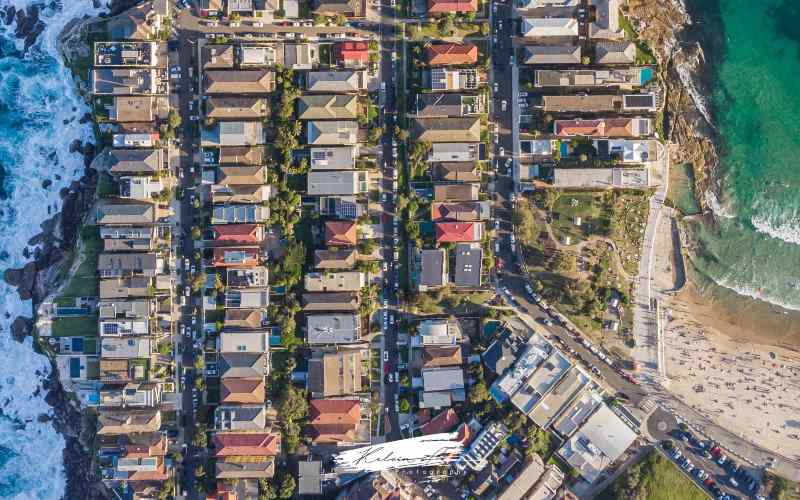

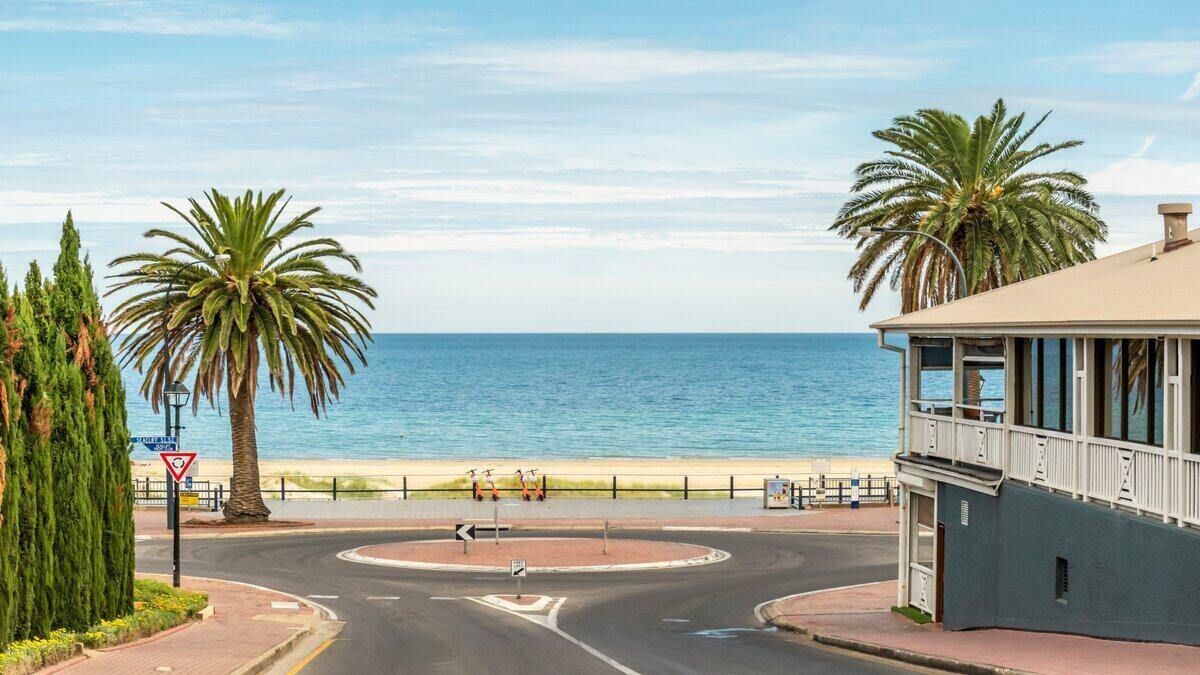
 Harry O'Sullivan
Harry O'Sullivan
 Brooke Cooper
Brooke Cooper